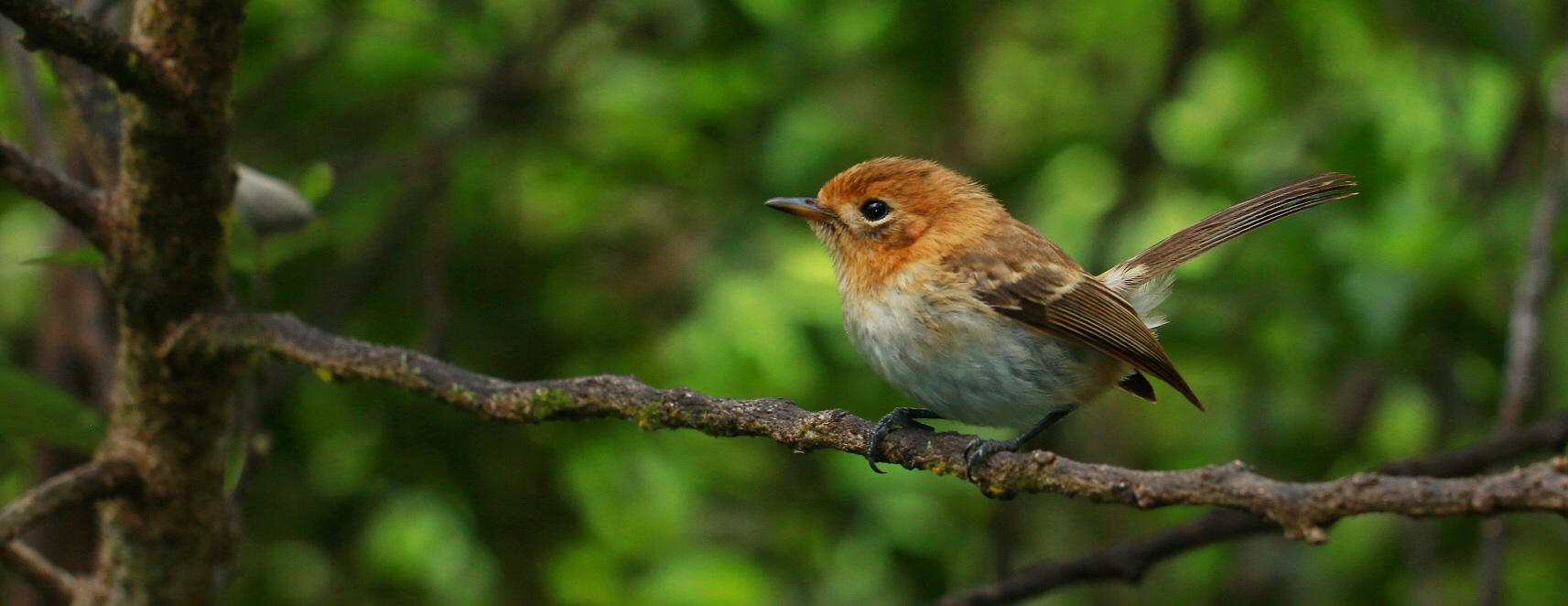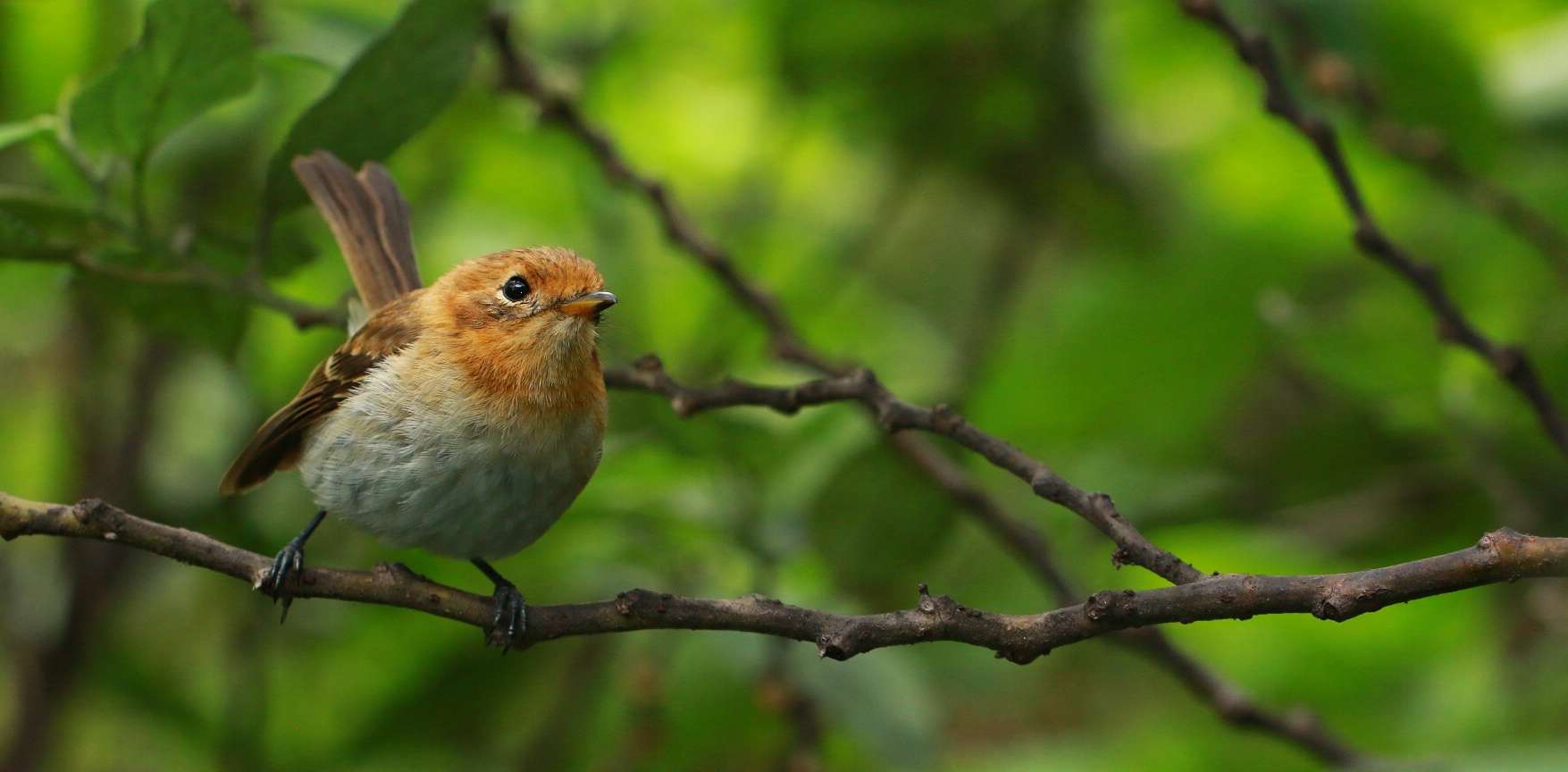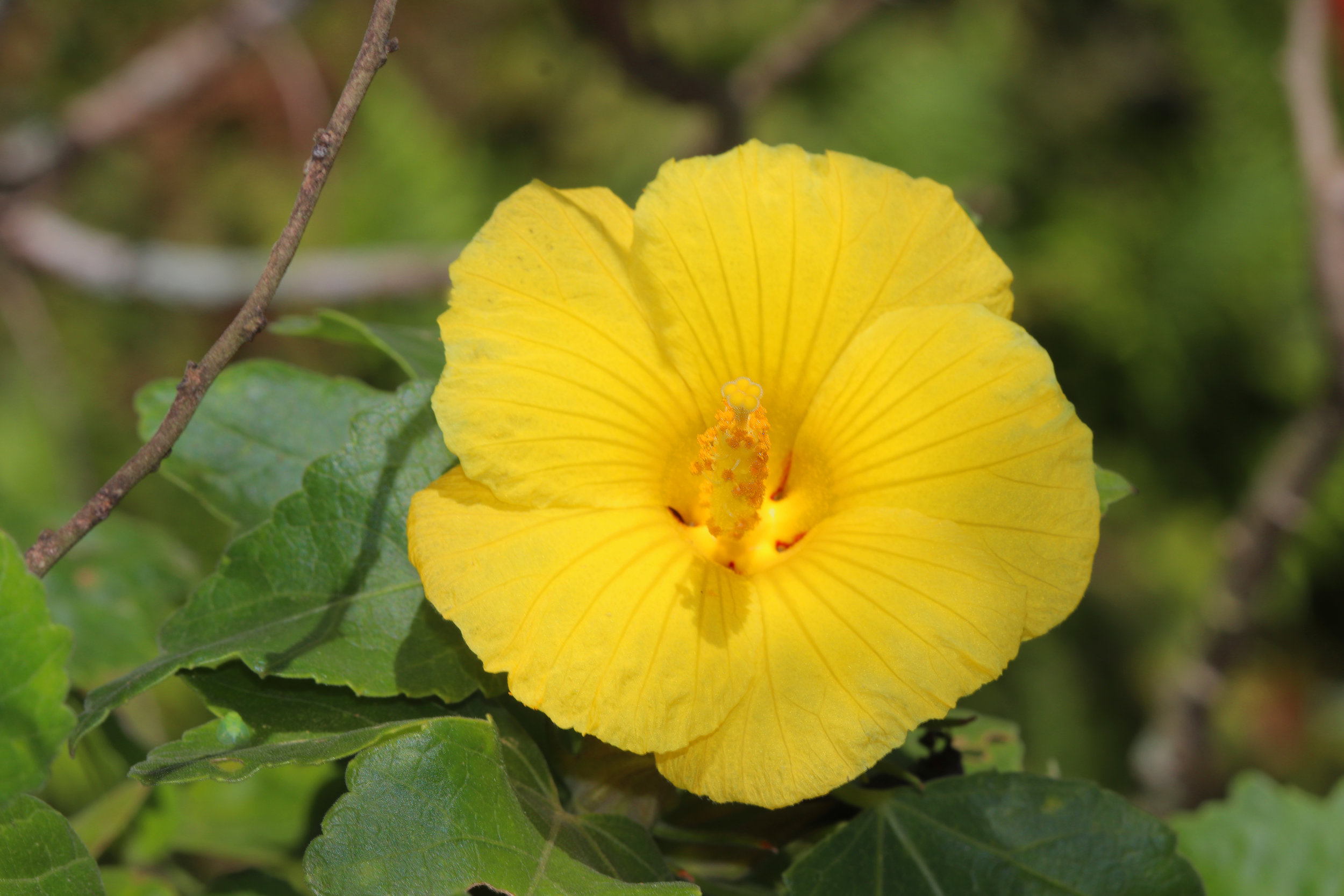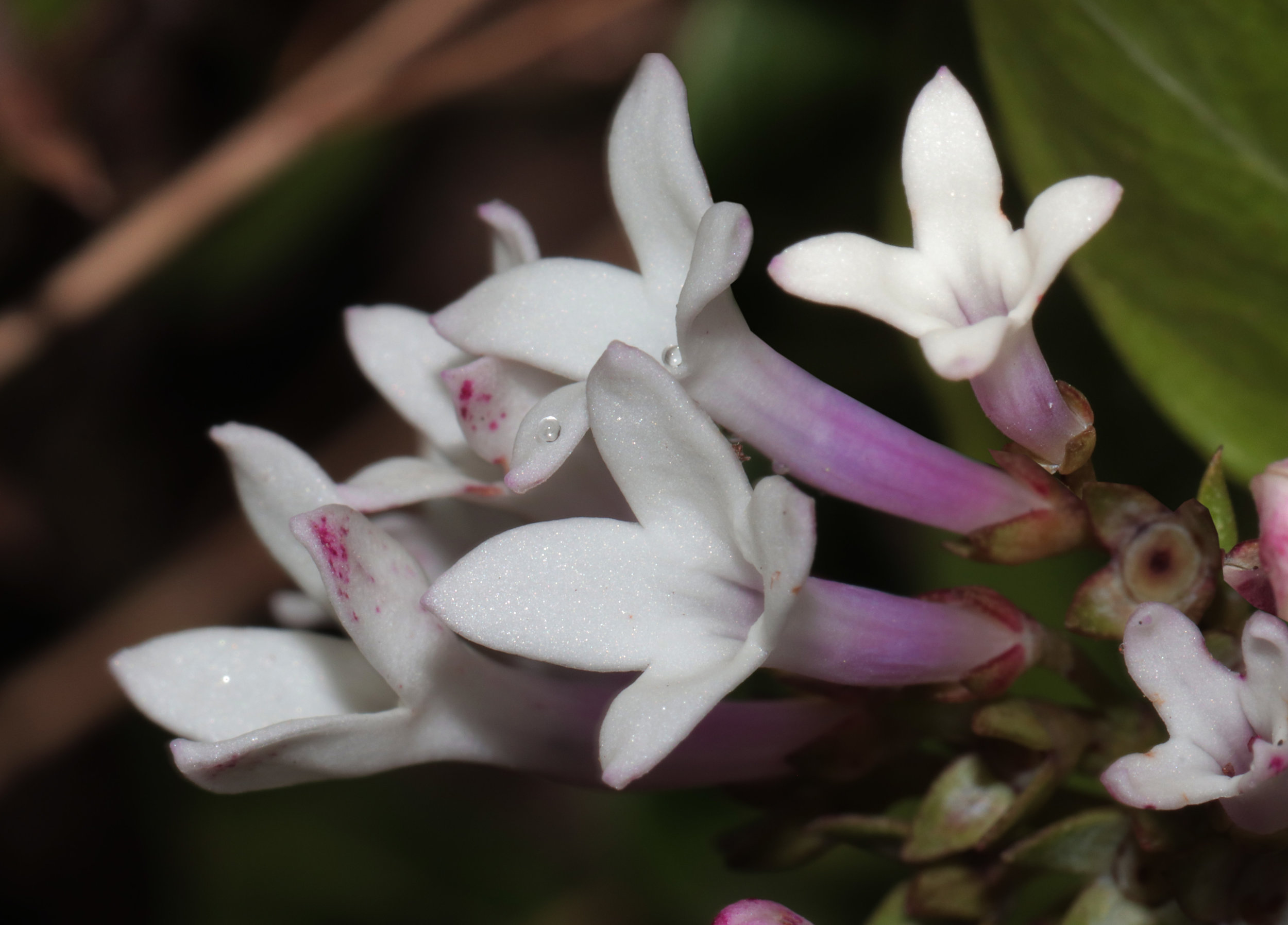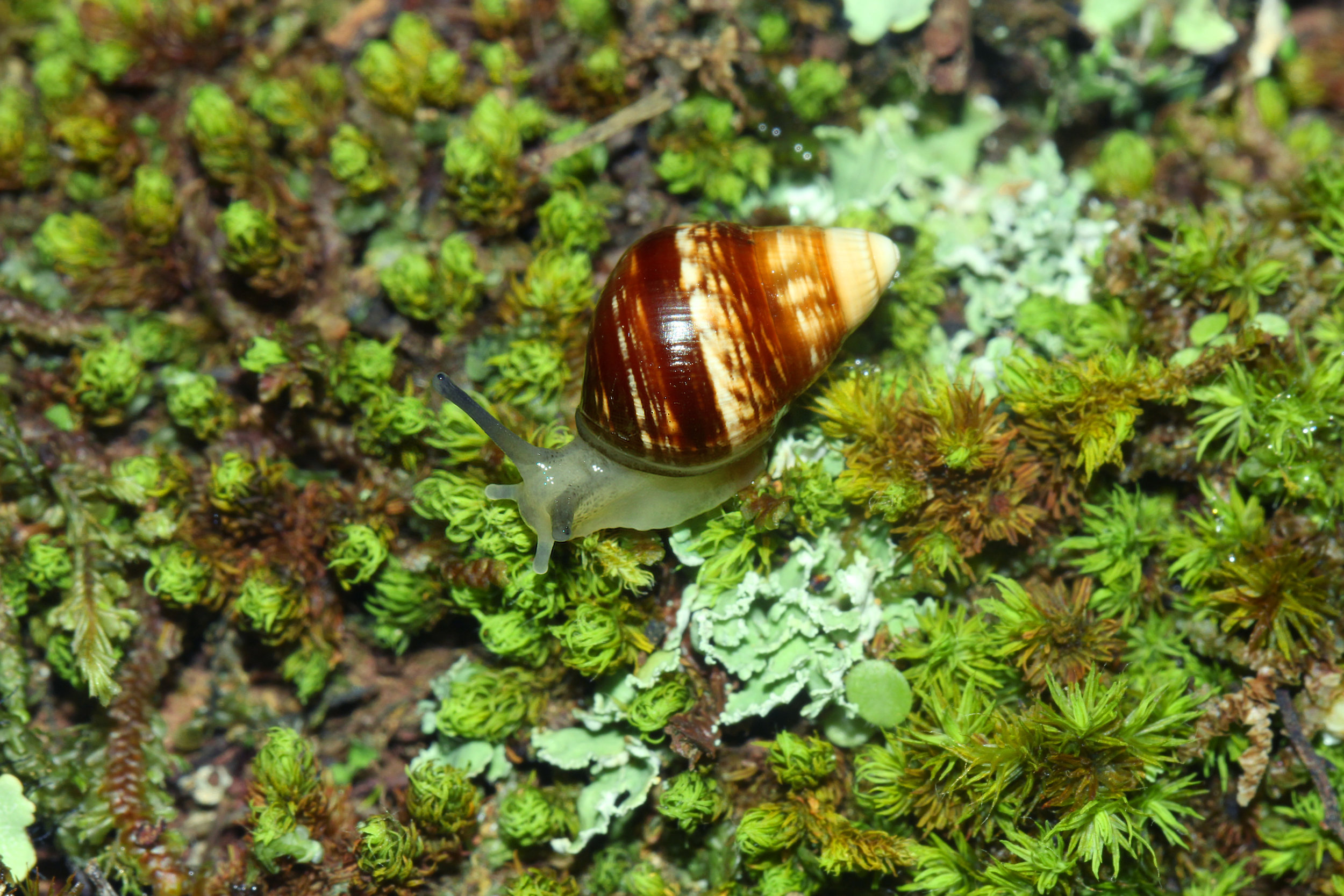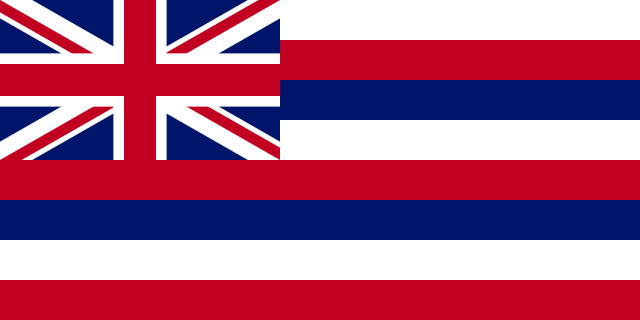Why Mākua is Not a Place for Bombs

The Oʻahu ʻElepaio is one of many endangered species of animals and plants within sacred Mākua. Photo by Francis Joy.
endangered species are found throughout mākua, which is no place for military training
ʻĀina is often used to describe the ground we walk on, but the word means so much more than that. ʻĀina is all-encompassing. The literal translation to English is “that which feeds,” but that which feeds is not only the soil or the water, it is everything around us, from plants to animals, to the water falling from the sky, to our fellow humans. We are all ʻĀina.
In that spirit, included in the immense cultural value of sacred Mākua are the animals and plants which call the valley home. The Hawaiian Kingdom is the most isolated land mass on planet Earth, and because of that, the Hawaiian archipelago is widely regarded as the Endangered Species Capital of the World. Boasting unrivaled biodiversity due to Hawaiʻi being home to 11 of the worldʻs 13 climate zones, the islands are home to plants and animals that exist no where else in the world. Many of those endemic and native plants and animals, however, have been threatened by invasive species, development, climate change, and, tragically, are endangered. In places like Mākua, these species have been further endangered by live-fire military training and the wild fires that are started by that training.
In the gallery below, featuring the photography of talented environmentalist Nate Yuen, you will see images of some of the endangered species found in Mākua. Very special thanks to Nate Yuen, along with Francis Joy, for graciously sharing these images with us. To see more of Nateʻs Hawaiʻi environmental photography, go to www.hawaiianforest.com.


